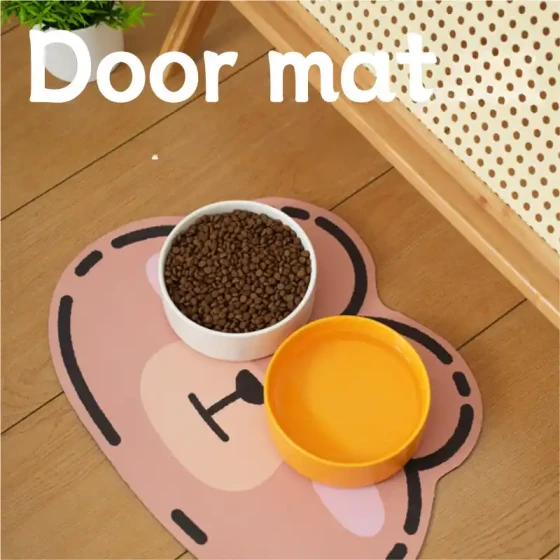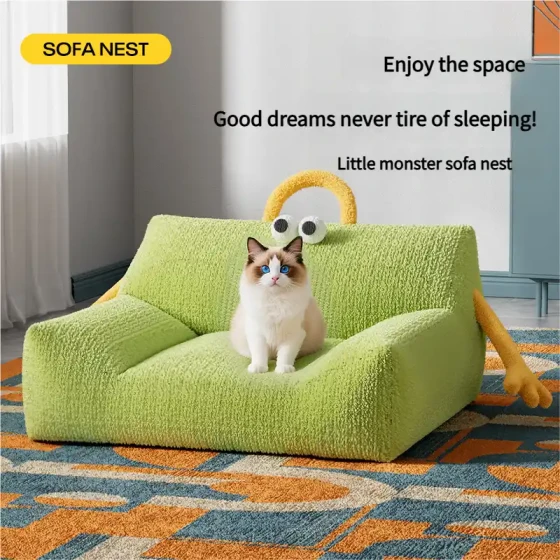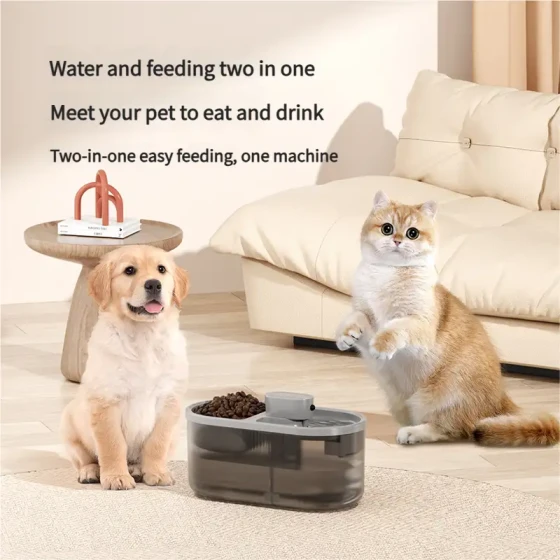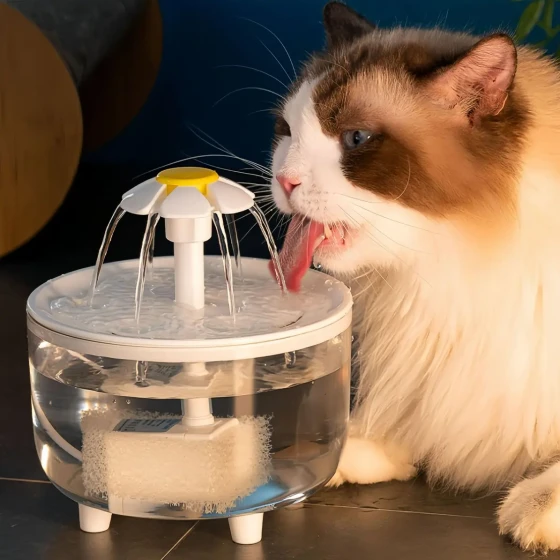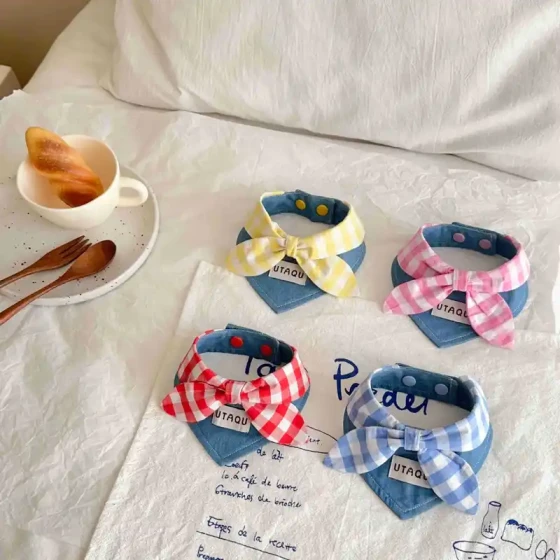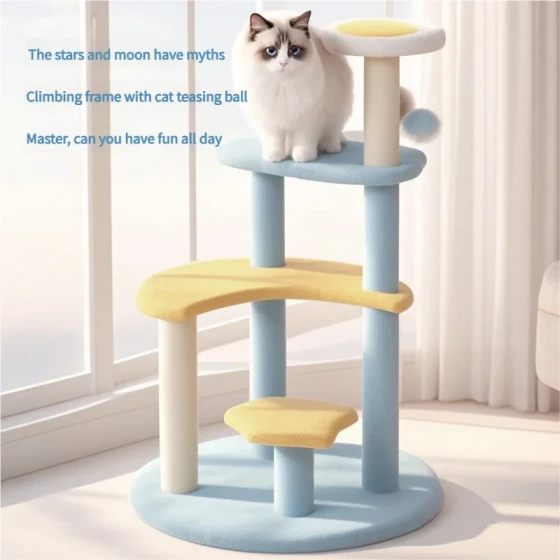1-year-old cat equals how many years_old cat age and human age conversion guide
When you're curious about "how old is a 1-year-old cat in human years," you'll find it's not a simple fixed ratio. Generally speaking, a 1-year-old cat's physiological and behavioral maturity is roughly equivalent to a 15-year-old human adolescent. By the time a cat reaches 2 years old, it is like a 24-year-old young adult in human terms, fully stepping into adulthood. After that, each additional year for a cat roughly corresponds to 4-5 human years. Understanding a cat’s real “age” helps us better understand their behavior and provide more scientific, caring care.
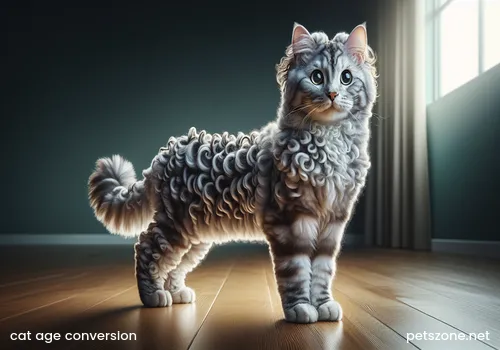
Cat Age Conversion: More than Just the "Seven-Year Itch"
There is a popular saying among people about pet age conversion called the "seven-year itch", meaning "one dog year equals seven human years." But for cats, this rough conversion does not apply. Cats grow much faster than humans in early life, then gradually slow down. Their life trajectory is more like a journey that starts fast and then slows. Correctly understanding cat age stages can help us better meet their nutritional, health, and companionship needs at different times.
Cat "Adolescence": 0-2 Years are Key
The first two years of a cat’s life, especially the first year, is their fastest physiological and psychological development period, considered their "adolescence."
- 0-6 months: Rapidly growing little cutie
Kittens at this stage are like human infants and children. They open their eyes around two weeks after birth and start exploring this new world. Within a few months, they learn to walk, run, jump, and their bodily functions develop rapidly. They are very hungry and energetic; this is a critical period for them to learn socialization and adapt to the environment. For humans, a 6-month-old cat roughly corresponds to a 2-3-year-old playful toddler, full of curiosity. - 6 months - 1 year: Energetic teen
Half a year to one year, cats enter the latter part of their "adolescence." Most cats have completed physiological development, their body size basically fixed, and bones strong. Their sex glands mature as well, starting to show many adult cat behaviors, such as heat cycles and increased territorial awareness. From a human perspective, a 1-year-old cat is like a vibrant 15-year-old teenager, energetic and full of exploratory desire. At this stage, they need lots of exercise and play to burn energy and further learn to interact with humans and companions. - 1-2 years: Gradually maturing young adult cat
When a cat passes the 1-year mark and enters the 1 to 2-year stage, it enters physiological and psychological double maturity. Their behavior patterns become more stable and predictable, gradually transforming from a "rebellious teen" to a mature and steady "young adult." At this time, cats are equivalent to 20-24-year-old young people: energetic but calmer, making it a good time to establish deep emotional bonds with their owners.
Entering the "Midlife Crisis": 3-10 Years Strong Adult Stage
Between 3 and 10 years old, cats enter their prime adult stage, which we can playfully call their "midlife crisis." Though cats at this time still appear energetic and lively, their physical functions are undergoing slow but continuous changes.
- Physical functions stable, but health attention required
Cats at this stage correspond to humans aged 28-56 years old. Their body functions are at their peak, but some hidden health problems may gradually emerge, such as dental issues, early arthritis symptoms, or obesity caused by improper weight management. Regular veterinary check-ups become especially important to help us spot and intervene in potential health risks timely. Just like humans entering middle age need to watch their "three highs" (blood pressure, blood sugar, cholesterol), cats also need us to monitor their daily diet and health status. - Behavior traits: Steadiness and habit formation
Adult cats usually have fixed life habits and behavioral patterns. They may not be as curious about everything as when they were young but tend to keep their regular routines and activities. They enjoy comfortable sleep and sunbathing and might be more "choosy" about play. However, this doesn’t mean they don't need play and interaction—just that the style may shift from intense running to more reserved "hunting" games or brain toys.
Elegant "Golden Years": Senior Cats 11 Years and Older
When cats reach 11 years and above, they enter the senior stage, similar to humans entering their "golden years." At this stage, cats’ physical functions noticeably decline, and their adaptability to the environment may decrease.
- Physical function decline
Senior cats correspond to humans over 60 years old. Their joints may become stiff, movements less agile; digestive efficiency decreases, prone to indigestion; hearing or eyesight may decline. Furthermore, risks of common senior diseases such as kidney disease, hyperthyroidism, diabetes, and cancer increase significantly. - How to care for senior cats
Caring for senior cats requires more patience and attentiveness. Provide easily digestible senior cat food, adjust food texture (like wet food) to ensure they can easily access food and water. Prepare a warm, comfortable resting area, avoid high jumps, and set ramps or steps where necessary. Regular veterinary check-ups (recommended twice a year) are crucial to detect and treat diseases early. Gentle grooming and soft massages not only promote blood circulation but also enhance emotional bonds. Just like caring for elderly family members, we should give them more love and understanding.
Factors Affecting Cat Lifespan: Besides Age, What Else?
Besides innate genes and aging, a cat's lifespan is influenced by many acquired factors.
- Breed and genetics: Certain purebred cats, such as Siamese or Ragdolls, may inherently have longer lifespan potential; while breeds with specific genetic defects may have shorter lifespans.
- Nutrition and diet: Providing balanced, high-quality cat food and avoiding overfeeding (which leads to obesity) lays the foundation for longevity. Like humans who emphasize “watching what they eat and staying active,” scientific diets are vital for cat health.
- Living environment: Indoor cats generally live longer than outdoor cats because indoor cats can avoid risks like traffic accidents, infectious diseases, parasites, and fights with wild animals.
- Medical care: Regular vaccination, deworming, check-ups, and neutering significantly improve cats’ health and lifespan. Early detection and treatment of diseases are key to ensuring long life.
- Daily care and emotional support: Daily grooming and cleaning, ample playtime and interaction, plus giving cats sufficient love and security help keep them physically and mentally healthy, enabling them to live longer and happier.
How to Judge a Cat’s Real Age?
Although we can’t know a cat’s age as exactly as counting rings in a tree, we can roughly judge their age stage by observing some physical features.
- Teeth: This is the most commonly used method to judge cat age. Kittens start getting baby teeth at 2-4 weeks, begin to replace with permanent teeth at 3-4 months, and have full permanent teeth by 6-7 months. Adult cats’ teeth show wear, tartar, or even loss with age. For example, a clean, sharp tooth usually means youth, while yellowed, heavily worn teeth indicate a cat may be elderly.
- Fur: Young cats usually have soft, shiny fur. With age, fur may become coarse, lose luster, or show some white hairs (especially around the mouth and above the eyes).
- Eyes: Kittens’ eyes are bright and clear. Senior cats’ eyes may become cloudy, with blue or white lens changes or even signs of iris atrophy.
- Activity level and muscle condition: Young cats are lively and muscular. Senior cats may move slower, sleep more, lose muscle mass, and their body may appear somewhat loose.
Frequently Asked Questions
- What is the average lifespan of a cat?
The average lifespan of a domestic cat is usually between 12-18 years, and some well-cared-for cats can even live beyond 20 years. - My cat is already how old, how should I care for it?
If your cat is 0-2 years old, provide ample play and socialization. For 3-10 year old adult cats, maintain regular diet and moderate exercise, and attention to annual check-ups. For cats over 11 years old, provide a more comfortable environment, easily digestible food, and more frequent veterinary care. - Do indoor cats live longer than outdoor cats?
Yes, usually indoor cats live longer because they avoid many outdoor risks such as traffic accidents, predators, infectious diseases, and harsh weather. - Does neutering affect a cat’s lifespan?
Studies show neutering can significantly extend a cat’s lifespan. In females, it reduces the risk of uterine infections and mammary tumors; in males, it reduces testicular diseases and prostate problems and lowers injuries from fights or getting lost.
Conclusion
Understanding the conversion between cat age and human age is not just an interesting number game but an important part of scientifically raising pets to improve their quality of life. From inexperienced kittens to energetic youths, then to graceful seniors, every life stage of a cat deserves our careful care. Regular veterinary health checks, providing balanced nutrition, creating a safe and comfortable living environment, and giving endless love and companionship allow our “cat masters” to live healthy and happy through every season.
References:
1. Guidelines from the American Cat Fanciers Association (CFA).
2. Research reports from the International Society of Feline Medicine (ISFM) on cat health and longevity.
